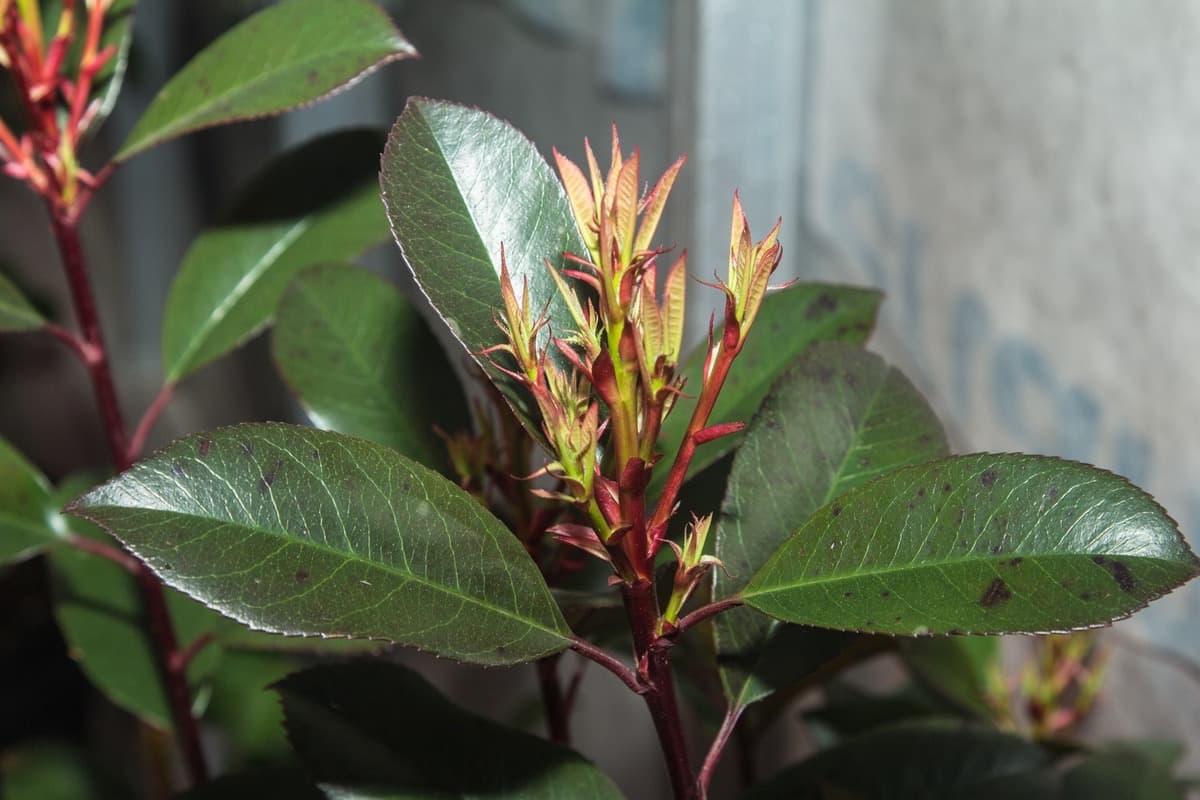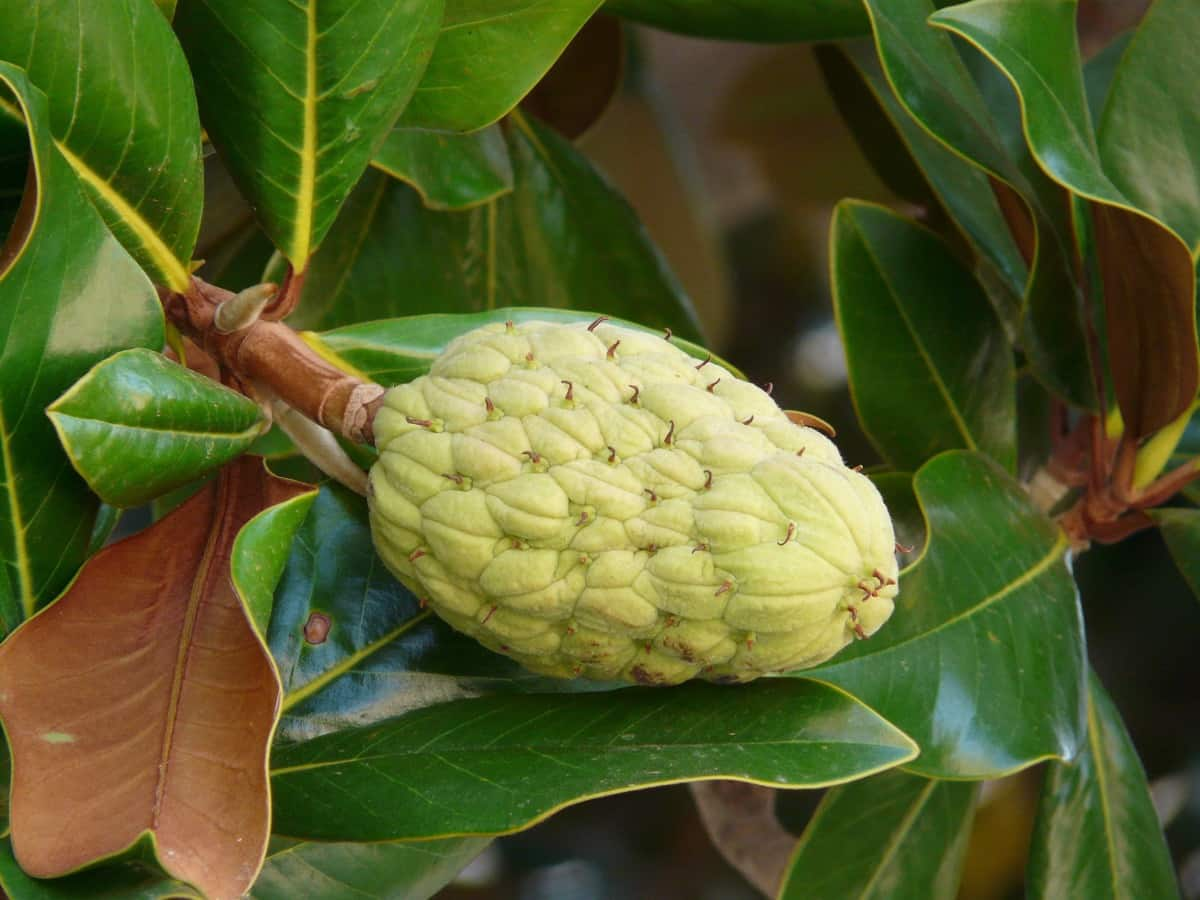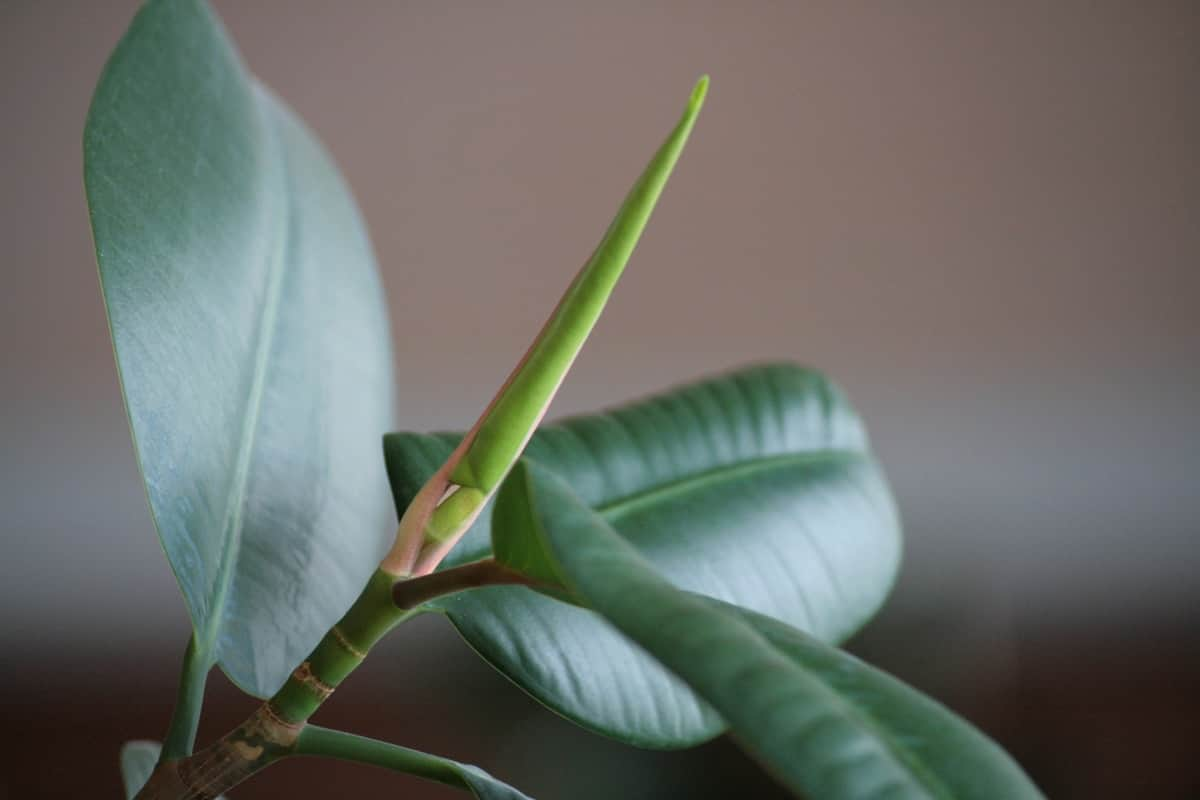Growing Rubber plants indoors can be a rewarding experience. With proper care and attention, you can have beautiful Rubber plants at home with vibrant colors and lush foliage. There are many different Rubber plants, each with unique characteristics. While some may be better suited for certain environments or gardens, others may be more versatile.

The best way to choose the right Rubber plant for your needs is to research and learn as much as possible about the different options. You can find the perfect plant for your home or garden with a little knowledge.
How to grow and care for Rubber plants indoors
Types of Rubber plant
- Tricolor – Tricolor Rubber plants are a type of Rubber plant that have leaves with three colors. The colors can be any combination, but the most common are green, yellow, and red. Tricolor Rubber plants are easy to care for and make the best addition to any home.
- Tineke – There are many Rubber plants, but the most popular type is the Tineke. The Tineke Rubber plant is a compact, evergreen shrub that grows to about 2-3 feet tall.
- Decora – Decora Rubber plants have glossy, dark green leaves. These plants are popular houseplants because they are easy to care for and can tolerate low-light conditions.
- Burgundy – Burgundy Rubber plants are a type of Rubber plant that is known for its dark, glossy leaves. The leaves of the Burgundy Rubber plant are a deep purple color with burgundy-colored veins running through them. The Burgundy Rubber plant is fast-growing and can reach up to 2 feet in height.
- Melany – There are many Rubber plants, and Melany is just one variety. Melany Rubber plants are characterized by their large, glossy leaves. They’re a popular choice for indoor plants because they’re easy to care for and require little maintenance. Consider a Melany Rubber plant if you’re looking for a low-maintenance plant that will add a touch of elegance to your home.
- Red Ruby – Red rubies are Rubber plants characterized by their red, glossy leaves and ability to tolerate low-light conditions. Red rubies require little maintenance and are an ideal choice for those looking for an easy-care plant.
In case you missed it: Best Ways to Get Rid of Thrips on Plants: Naturally, Organically for Indoors and Outdoors

Container size required for growing Rubber plant
Regarding Rubber plants, the size of the container you use is important. If the pot is too small, the roots will become constricted, and the plant will be unable to thrive. If the pot is too large, the plant will be floppy and susceptible to root rot. Start with a small pot and gradually move up in size as the plant grows.
This will ensure that the roots have enough room to spread out without becoming constricted. When choosing a pot, make sure there are drainage holes at the bottom to allow for proper drainage. The ideal pot size for a Rubber plant is between 10-12 inches in diameter.
Climate suitable for growing Rubber plants indoors
The Rubber plant is a popular houseplant because it is easy to care for and looks attractive. It is important to choose a Rubber plant that is suited to the climate in your home. In warm, humid climates, you can grow a Rubber plant outdoors. However, if you live in an area with a cold climate, it is best to grow your Rubber plant indoors. When growing a Rubber plant indoors, it is important to give it enough light.
Rubber plants need bright, indirect light to thrive. You can also place your plant near a south- or west-facing window. Just be sure to keep the plant out of direct sunlight, as this can damage its leaves. Provide your Rubber tree with plenty of bright, indirect light for the best results. Rubber trees will tolerate low light conditions but may become leggy and have fewer leaves if they do not receive enough light. Keep your Rubber tree evenly moist but not soggy throughout the growing season.
In case you missed it: How to Grow and Care for China Doll Plants Indoors: A Beginners Guide

Another important consideration when growing a Rubber plant indoors is humidity. Rubber plants prefer humid environments, so you may need to mist the leaves of your plant periodically or use a humidifier in the room where the plant is located. Keep an eye on the leaves of your Rubber plant for signs of stress, such as browning or yellowing leaves, which means the air in your home is too dry.
Soil requirement for growing Rubber plants indoors
For Rubber plants to grow indoors, the soil must be rich in organic matter and well-drained. A good potting mix for Rubber plants includes one-part perlite and two parts peat moss. You can also add a small amount of compost or aged manure. During the growing season, the plant should be fertilized every two weeks. You can also use an all-purpose potting mix with amendments such as perlite or coarse sand added to improve drainage.
When growing Rubber plants indoors, it is important to ensure that the potting mix is moist but not soggy. The best way to water your Rubber plant is to wait until the top inch or so of the potting mix feels dry and then water thoroughly until water runs out of the bottom of the pot. Allow the plant to drain for a few minutes before putting it back in its saucer or placing it on a drip tray.
Water requirement for growing Rubber plants indoors
Rubber plants need little water to survive and can suffer from too much water. You should water only when the soil feels dry to the touch. When watering, saturate the soil and allow any excess water to drain away. The water requirement for growing Rubber plants indoors is not very different from watering any other houseplant. Let the top few inches of the soil dry out before watering again. If the leaves start to droop, that’s a sign that the plant is thirsty and needs more water.
Propagating Rubber plant
From cutting
To propagate a Rubber plant, you must take a stem cutting at least 6 inches long. The cutting should have at least two leaves on it. You will also need a pot at least 6 inches deep with drainage holes. You should fill the pot with a well-draining potting mix. Moisten the mix well before adding the cutting.
In case you missed it: Indoor Plants That Can Be Used as Christmas Tree Alternatives

Stick the cutting into the mix, ensuring that at least two leaves are above the surface of the mix. Water the cutting well, then place the pot in a bright, indirect light location. Keep an eye on the soil and water when it begins to dry. After about six weeks, you should see new growth on your Rubber plant cutting.
Rubber plant care
Rubber plant care in winter
When the temperature drops and the days get shorter, you may wonder if your Rubber plant needs special care during winter. Place your Rubber plant in a spot with bright, indirect sunlight. If possible, position it near a south- or west-facing window. Reduce watering frequency during the winter months.
Allow the top inch or so of soil to dry before watering again. Monitor pests, such as aphids and mealybugs, attracted to Rubber plants. If you observe any pests on your plant, wipe them off with a damp cloth or use insecticidal soap to get rid of them. Fertilize your Rubber plant once every two months using a general-purpose houseplant fertilizer.
Pruning Rubber plant
To keep your Rubber plant looking its best, it’s important to prune it regularly. Pruning will encourage new growth and help to keep the plant compact and full. To prune your Rubber plant, remove any dead or dying leaves. Then, cut back any long or leggy stems to the desired length. You can also remove any lower leaves that are yellowing or browning. When pruning, you should use sharp, clean shears or scissors. This will help to prevent disease and damage to the plant. After pruning, it’s a good idea to give the plant light fertilizing to promote new growth.
In case you missed it: Reasons Why Indoor Plant Leaves Turn Yellow and How to Fix It

Repotting Rubber plant
- When it comes to repotting Rubber plants, the process is quite simple. The first step is to remove the plant from its current pot. You should inspect the roots to see if they are overcrowded or have started to wrap around the bottom. If the roots are overcrowded, then you will need to trim them back before replanting.
- After you have trimmed the roots, it is time to choose a new pot. When selecting a new pot, ensure it is slightly larger than the previous one. You also want to ensure the new pot has drainage holes in the bottom. Once you have selected a new pot, fill it with fresh potting soil and then carefully transfer your Rubber plant into its new home.
- Once your Rubber plant is in its new pot, water it well and place it in an area that receives bright indirect light. Allow the soil to dry out somewhat between watering sessions, and never allow your plant to sit in water for more than an hour or two. Your Rubber plant should thrive in its new pot for many years with proper care.
Fertilizer requirement for growing Rubber plants indoors
Fertilizer is an important component of growing any plant, and Rubber plants are no different. Indoor Rubber plants typically require less fertilizer than their outdoor counterparts, but they still need a consistent supply to remain healthy and vibrant. The best way to provide your indoor Rubber plant with the nutrients it needs is through a fertilizer specifically designed for indoor plants.
When applying fertilizer to your indoor Rubber plant, you should follow the instructions on the packaging carefully. Over-fertilizing can damage the roots of the plant and cause stunted growth. Applying fertilizer every two weeks is best, giving time to absorb the nutrients before adding more. With consistent care and attention, your indoor Rubber plant will thrive and provide you with years of enjoyment.
Pests and diseases of Rubber plant and their control
Rubber plants generally resist pests and diseases, but a few can cause problems. These include mealybugs, scale insects, spider mites, and root rot. Mealybugs are small, white, fuzzy insects that feed on the sap of plants. They can cause stunted growth and yellowing of leaves. To control mealybugs, soak a cotton ball in rubbing alcohol and wipe them off the plant. Scale insects are small, brown, or black bugs that suck the sap out of plants.
In case you missed it: How to Grow and Care for Cyclamen Indoors: A Beginners Guide

They can cause the yellowing of leaves and stunted growth. To control scale insects, wipe them off with a damp cloth or use an insecticidal soap. Spider mites feed on the sap of plants. They can cause the yellowing of leaves and stippling (tiny dots) on the surface of leaves. To control spider mites, wash them off with a strong stream of water or use an insecticidal soap. Root rot is a common disease that can affect Rubber plants.
If your plant suffers from root rot, you may notice yellowing or wilting leaves, stunted growth, and black or brown spots on the roots. To prevent root rot, ensure you plant your Rubber plant in well-draining soil and water it only when the top inch of soil is dry. You can treat your plant with a fungicide or bactericide if it develops root rot.
Conclusion
Growing and caring for a Rubber plant is an enjoyable pastime that anyone can undertake. Keeping your plant healthy and happy requires regular maintenance, such as proper watering, fertilizing, and pruning, but these are easy tasks. With the right amount of care and attention, your Rubber plant will provide you with years of beautiful foliage to admire.
- How to Grow Hibiscus from Flower
- Plantation Ideas for Home Decoration: A Beginners Guide
- Flower Garden Designs and Layouts for Beginners
- Planting and Spacing Techniques in Papaya: A Beginner’s Guide
- Growing Gold: Essential Techniques for Planting Pineapples
- How to Make Kalanchoe Plant Bushy: Home Remedies and Solutions
- 11 Reasons Why Your Gardenia is Not Blooming: Home Remedies and Solutions
- Eco Elegance: The Guide to Designing a Drought-Tolerant Landscape
- Gardening on a Slope: Strategies for Hillside Landscaping
- Nourish and Flourish: Top Organic Mulches for Thriving House Plants
- Everything You Want to Know about Indian Mogra Flower: Discover Uses and Growing
- Green Thumb Success: Expert Tips for Cultivating Greenhouse Pumpkins All Year Round
- Maximize Growth & Flavor: The Ultimate Guide to Companion Planting in Herb Gardens
- How to Control Rhododendron Problems Naturally: Home Remedies and Organic Ways to Fix Them
- Natural Magic: The Remarkable Benefits of Cinnamon for Plants
- Best Steps to Revive Dying Tulip with Natural and Organic Treatment
- 10 Reasons Why Your Angel Trumpet is Not Blooming: Remedies and Treatment
- How to Fix Periwinkle Leaf and Flower-Related Problems: Natural Remedies and Solutions
- How to Fix Zinnias Leaf and Flower Problems: Discover Natural and Home Remedies
- Organic Steps to Induce Lemon Tree Flowers: A Comprehensive Guide
- Bloom Booster: Crafting the Perfect Homemade Bougainvillea Fertilizer
- Optimizing Growth: A Guide to Applying NPK Fertilizer for Potted Plants
- 10 Best Homemade Fertilizers for Rubber Plant: DIY Recipes and Application Method
- How to Boost Female Pumpkin Flowers: Effective Steps for More Flowers and High Yields
- Transform Your Indoor Garden: Top Benefits of Pink Salt for Houseplants
- 10 Best Homemade Fertilizers for Peacock Plants (Calathea): Easy DIY Guide
- Unlock Blooms: 9 Reasons Why Your Potted Chrysanthemum is Not Blooming
- 8 Reasons Why Your Potted Hibiscus is Not Blooming: Fix it with Simple Solutions
- Unlock Blooms: 9 Key Reasons Your Potted Frangipani Won’t Flower
- 10 Reasons Why Is My Ice Plant Not Blooming: Remedies and Treatment
- 10 Reasons Why My Potted Hydrangea Not Blooming: Treatment and Remedies
- 10 Reasons Why is My Wisteria Not Blooming: Remedies and Treatment
- 10 Reasons Why is My Goldfish Plant Not Blooming: Remedies and Treatment
- Maximize Your Space: Ultimate Guide to Balcony Gardening with Grow Bags
- 10 Reasons Why Your Iris is Not Blooming: Remedies and Treatment
- 10 Reasons Why Your Anthurium Plant is Not Blooming: Treatment and Remedies